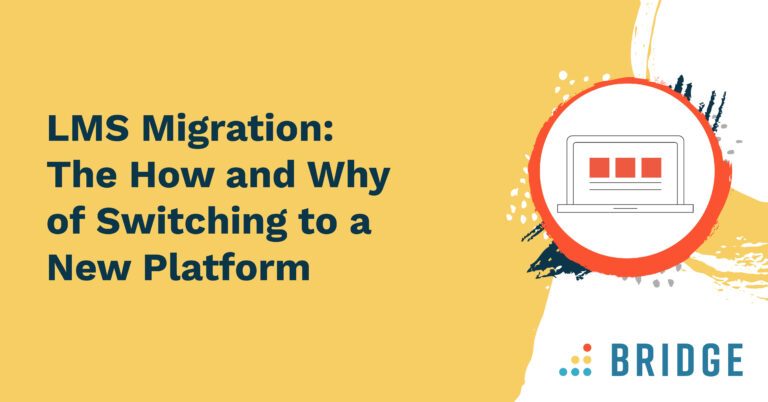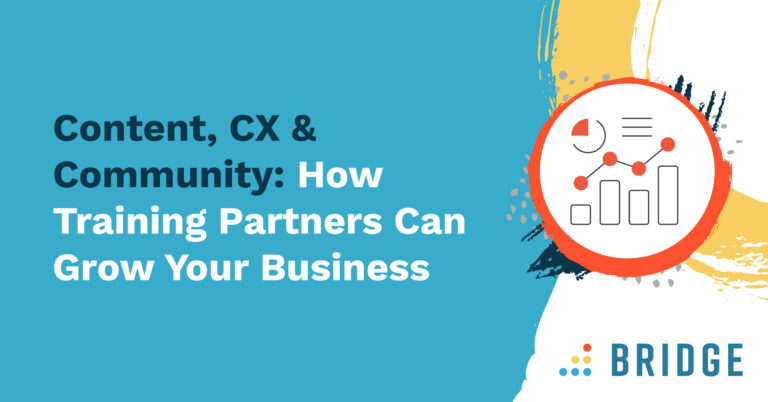Data analytics, effective data management, and data use in business is critical. The better we understand what sound data analysis is telling us, the more valuable the data becomes.
Following are a couple of real-life scenarios that illustrate three common mistakes which highlight how we often misunderstand data. Misunderstanding leads to either a lack of proactive data use or a complete misuse of data.
Scenario 1
At a large retail store, the store’s leadership team meets in their weekly meeting. Data analytics are discussed. The data analysis reveals that some key performance metrics are trending positively, some negatively. The data value they’re fixating on is customer satisfaction measured by a survey customers find as a link on their sales receipt. This week the CSAT score has taken a dramatic dip. However, no one seems to understand that it’s a single survey out of only 5 for the week. The other four were great, but one customer, either due to a bad experience or a bad mood, tanked the week’s CSAT score. This team of leaders is spending an excessive amount of time coming up with ideas on improving the week’s score.
Scenario 2
A manager looking over results from a recent engagement survey can see that his team suffers from a lack of recognition. His response is, “I don’t praise people for doing their job. That’s what they get paid for. Besides, I don’t see anybody doing any great work; nothing exceptional anyway. All that praise and ‘cheerleading’ doesn’t matter anyway. I don’t do that stuff.”
The 3 Problems
Did you catch the three mistakes that lead to misuse and an overall evaluation of data? Let’s outline them here for clarity:
- Eminence v. evidence
- Data overreaction
- Lack of understanding of what the data is telling us
Eminence v. Evidence
This is a common issue among leaders. We get our education, go out and gather years of experience and then we think we know best. “Sure, the data is nice to have, but I got this” is the sentiment. The problem is most often; we don’t “got this.” Things change, and there are nuances that we miss if we ignore the data. Both scenarios above had an element of this. Still, it glared brightest in scenario 2 with the manager who doesn’t “praise people for doing their job.” This manager failed to understand that it has an immediate and dramatic impact on productivity and performance when people receive praise and recognition. When his team feels appreciated, it can lead to a 27% decrease in absenteeism, too, according to Gallup.
Data Overreaction
Sometimes reacting immediately to a single data point is telling us, without regard to context and other data points. In scenario 1, we see this. The customer satisfaction score that tanked the week’s average led to time spent unproductively to find an immediate solution. The data’s sample size–the five surveys for the week–was too small to be of use or concern. Had the team looked at it in this context, they could have spent less time trying to fix it and more time out on the floor focused on helping their teams deliver better service.
Lack of Understanding
Both scenarios reveal the problem of not understanding what the data is telling us. In scenario 1, the team didn’t grasp that the score was useless in such a small sample. They looked at the low score, realising it was below the minimum standard, so they panicked and overreacted. Had they looked at the score over a rolling 4-week average (or longer), they would have a better picture of client satisfaction.
Scenario 2 also showed a lack of understanding on the part of the manager. He didn’t know there was more behind a single data point that he needed to understand. If he knew what recognition and praise would do for his team, he would be more willing to find reasons to recognise them. He would likely take a more critical look at the great things they’re accomplishing.
Data Value and Data Leadership
Data expert Anthony Algim highlights data value and data leadership. He points out that “data value is the most important thing” and through data leadership, data value is maximised. What is data leadership? Algim summarises it in 6 points:
- Access – Prepare data for use
- Refinement – optimise data potential
- Adoption – acting from data insights
- Impact – maximise business outcomes
- Alignment – engage stakeholders
What Can Data Do for You?
We need to start looking at data for what it can do to drive productivity, profitability, customer satisfaction and engagement, safety, employee retention, and every other meaningful metric we’re chasing.
It’s one thing to have data. It’s quite another to be able to use it in productive, business-improving ways. Great organisations with great managers understand that effective data use will help drive employee performance and talent development.
Bridge is a Learning & Performance platform that uniquely combines learning management systems, career & skill development, and performance management, all in one solution. With Bridge LMS, you can turn stale and ineffective learning & performance review programs into a seamless, dynamic, and engaging experience for employees and managers alike. Used by more than 800 companies worldwide, Bridge helps companies achieve their strategic people development goals by facilitating connection, alignment, and growth across the entire organisation. See why Bridge LMS is one of the easiest to use platforms that both employees and admins love.



